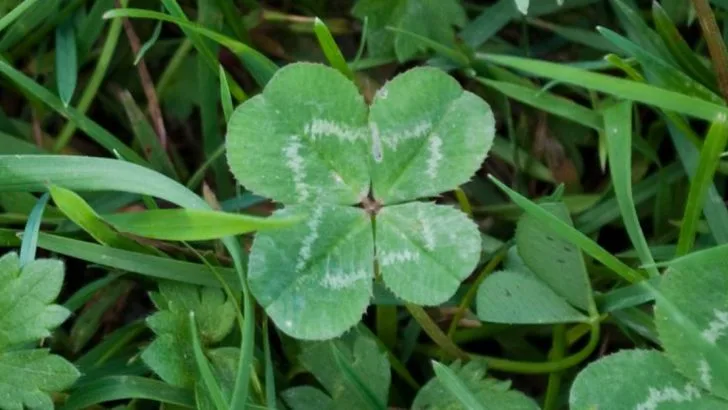If you’ve ever been caught in a sudden downpour or a gust of wind despite checking your weather app, you might want to turn to nature for a more reliable forecast. There are certain flowers that, over time, have evolved to predict changes in the weather with stunning accuracy. These fascinating plants react to subtle environmental cues like shifts in temperature, humidity, and even changes in air pressure, offering us a natural weather forecast.
In this article, we’ll introduce you to 11 flowers that can predict the weather better than your app. From petals closing up before rain to blooms opening with the first signs of sunlight, these plants have perfected the art of sensing the atmosphere. Keep reading to discover which flowers you should watch closely to get a heads-up on the weather before it arrives.
Pineapple Weed
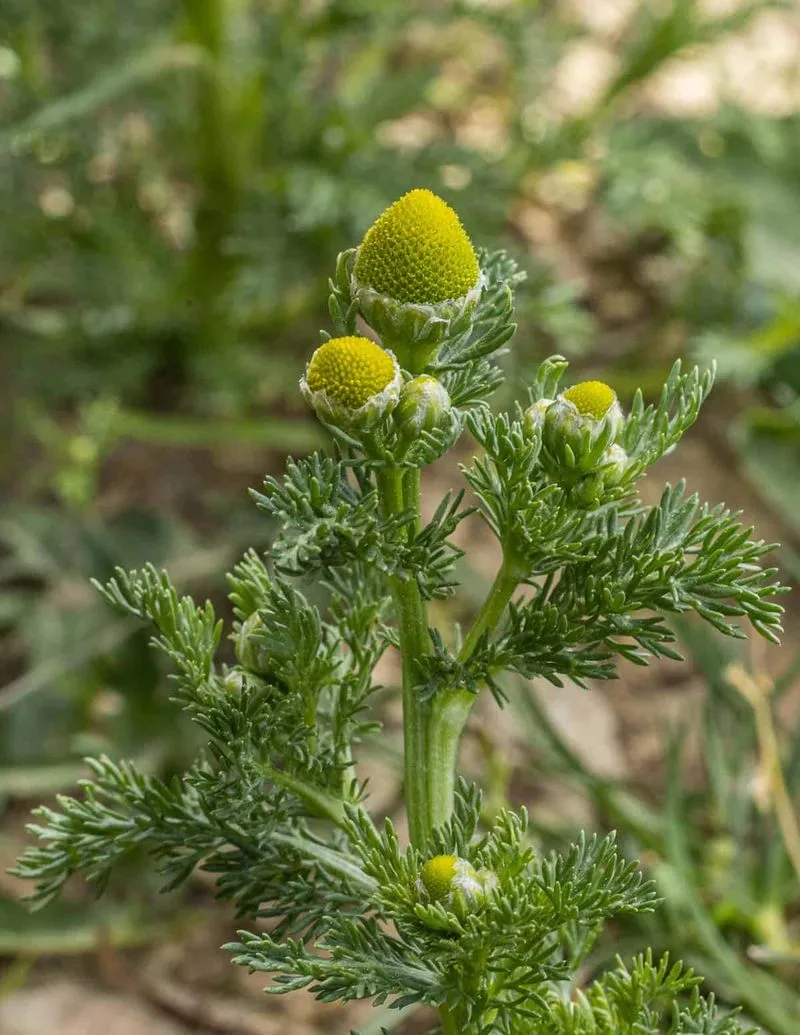
Small and unassuming, this flower thrives in compacted soils. Its daisy-like appearance is accompanied by a pineapple scent. When the air is dry, its leaves stand upright, but they droop when rain is near. This simple change alerts anyone nearby to grab an umbrella. Walk by them in the morning, and their behavior might just hint at the day ahead. Although often unnoticed, Pineapple Weed’s adaptability is a silent forecaster, revealing clues about the sky’s next move.
Morning Glory
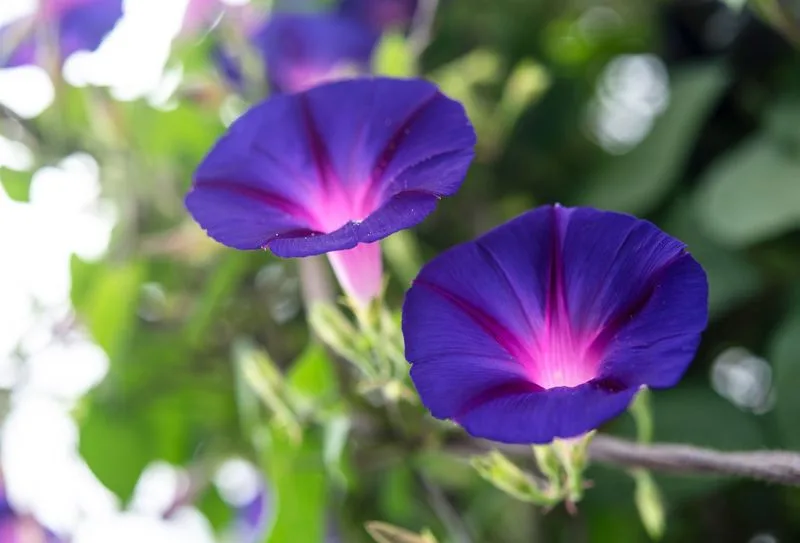
Known for its vibrant, funnel-shaped blooms, this flower’s petals reflect the sun’s disposition. On bright, sunny days, the blooms open fully, basking in the warmth. However, when cloudy skies loom, they tend to remain tightly closed, serving as a prelude to inclement weather. This simple yet effective mechanism helps gauge the day’s potential brightness. With its timely alerts, Morning Glory becomes more than just an ornamental plant. It’s a daily companion in weather awareness.
Dandelion
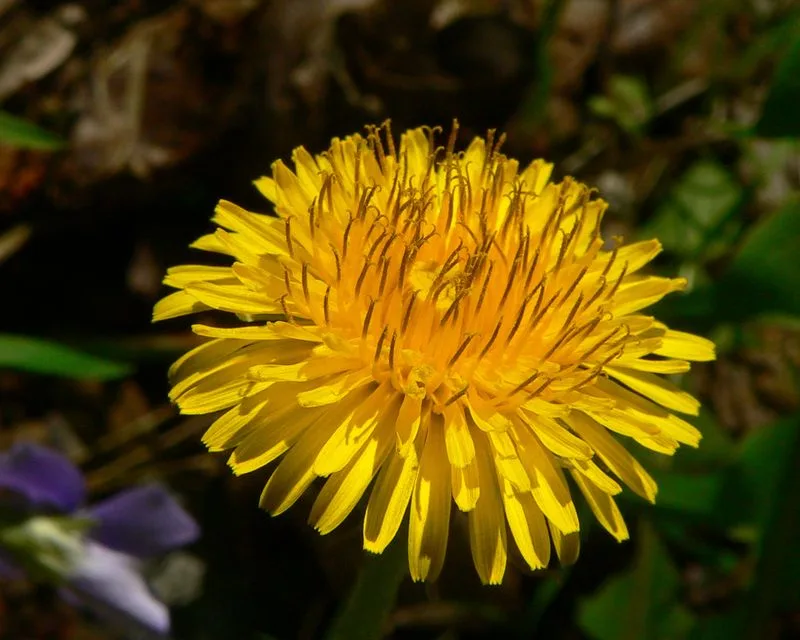
Synonymous with whimsy, Dandelions offer more than just childhood delight. When weather conditions shift, they transform, signaling changes with their seed dispersal strategy. In dry weather, their fluffy seed heads expand, ready to catch the wind. Conversely, they remain closed during high humidity or rain, preserving their seeds for better conditions. This botanical foresight makes Dandelions reliable partners in anticipating wet or dry spells. Their transformation is both a practical and charming weather indicator.
Chicory
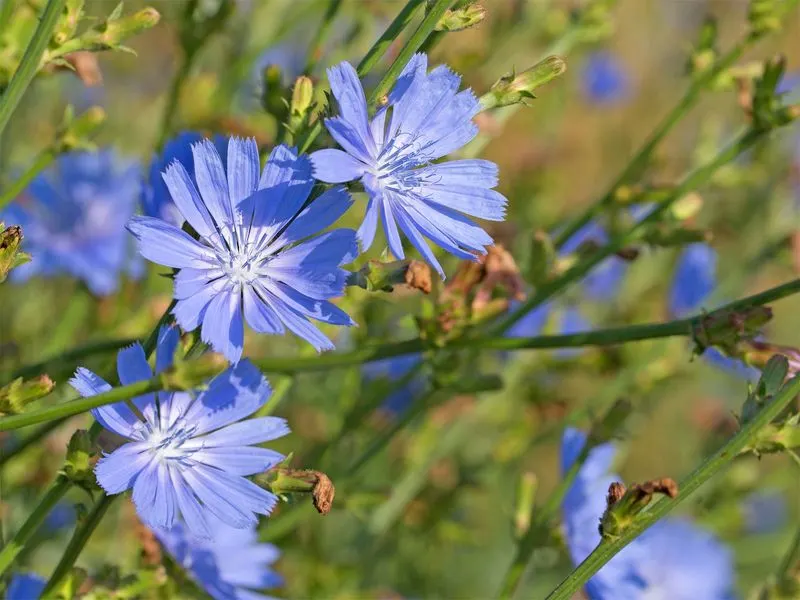
With its striking blue petals, Chicory unfurls when the sun is out, demonstrating a preference for dry weather. On rainy days, the flowers close up, suggesting moisture in the air. This behavior not only highlights its survival tactics but also provides a natural weather cue. Chicory’s vibrant blooms and weather responsiveness make it a fascinating addition to any garden, providing insight into upcoming weather. Its adaptability serves as a natural barometer for those in tune with nature.
Poppy
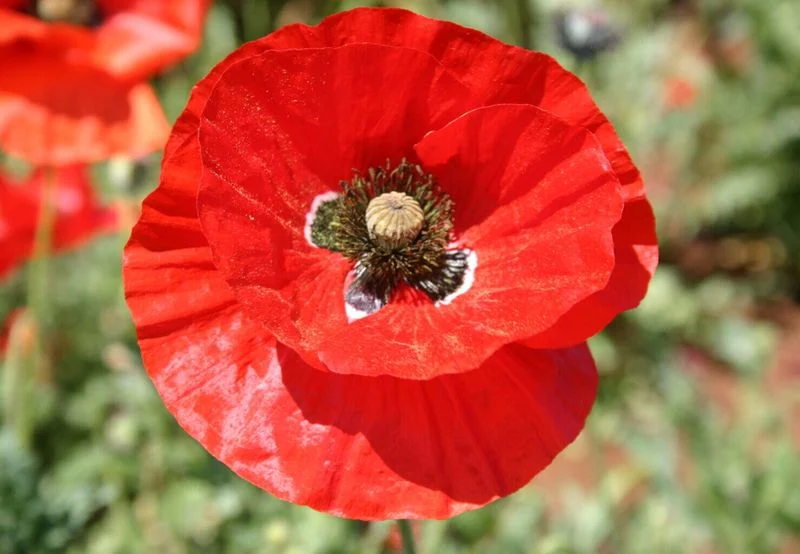
Beloved for their vivid colors, Poppies carry hidden weather-predicting abilities. Their petals spread wide under sunlit skies, displaying their full glory. However, when rain is imminent, the petals close to protect their delicate interiors. This simple yet effective mechanism acts as a natural shield and a weather forecast. As daybreak unfolds, a glance at Poppies can provide a subtle hint about the weather, transforming a garden walk into a predictive experience.
Scarlet Pimpernel
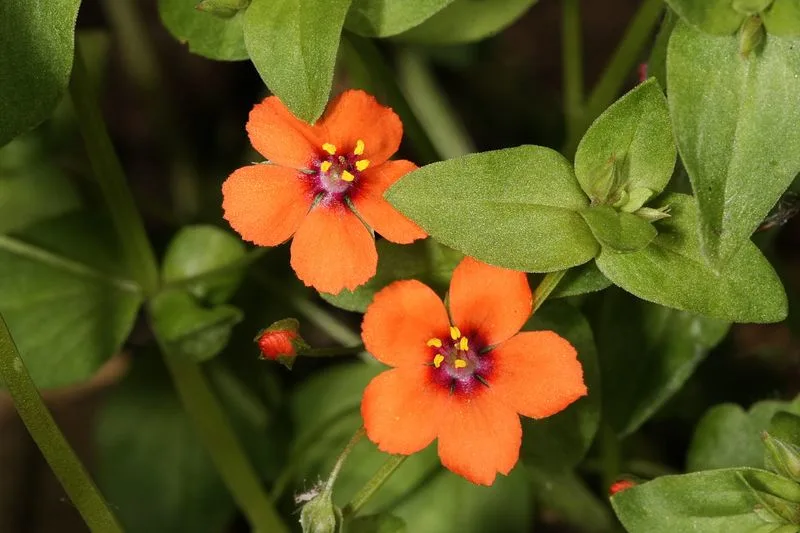
Despite its small stature, the Scarlet Pimpernel is a mighty weather predictor. Its tiny red-orange blossoms open in the morning sun but close before rain arrives. This floral response is a nod to its sensitivity to atmospheric changes. Often referred to as the “poor man’s barometer,” it offers a colorful and practical guide to day-to-day weather shifts. Its presence in gardens is both decorative and informative, bridging beauty with functionality.
Daisy
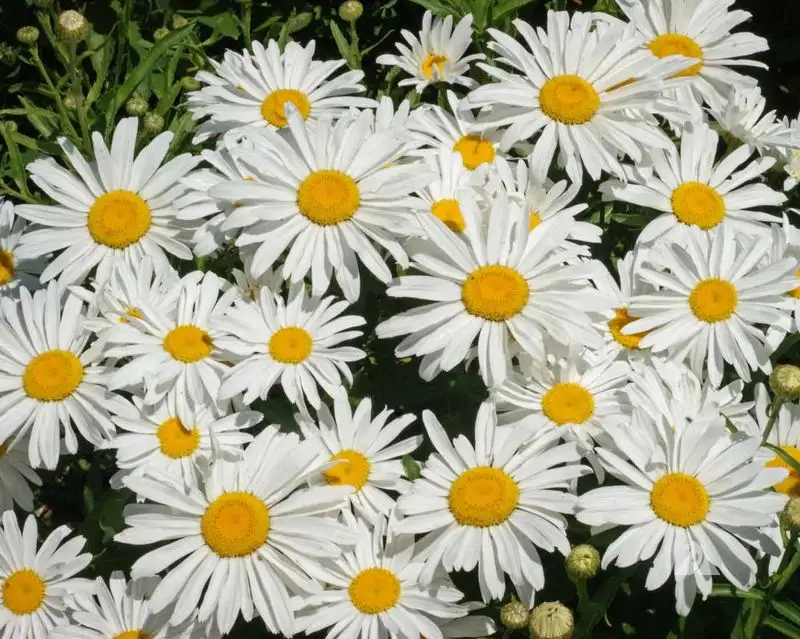
Though common, Daisies possess a unique weather-predicting trait. Their white petals open wide during sunny days, inviting in sunlight. As moisture levels rise, particularly before rainfall, these petals fold inward, signifying a change in weather. This behavior offers an accessible way for observers to anticipate rain. Daisies’ predictable petal movements make them more than just a symbol of simplicity; they are nature’s way of whispering weather warnings to those who pay attention.
Tulip
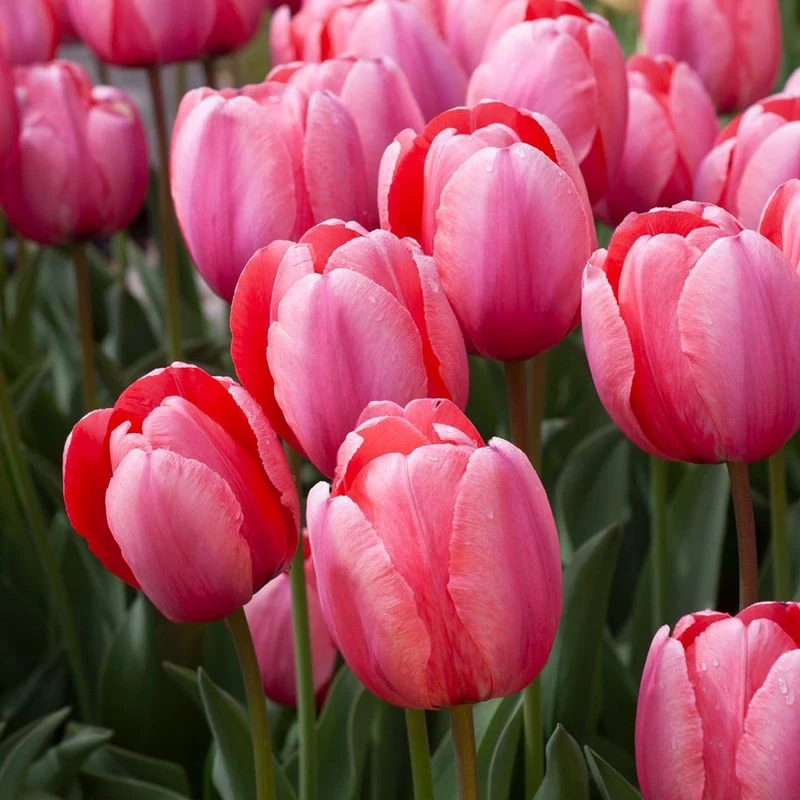
Renowned for their colorful displays, Tulips also have weather-sensitive tendencies. On sunny days, their petals open fully, showcasing their vibrant interiors. However, when clouds gather and rain approaches, they close up, safeguarding their pollen. This floral behavior is an age-old indicator of changing weather patterns. For garden enthusiasts, Tulips offer more than aesthetic appeal; they provide cues about the atmospheric conditions, making them invaluable companions in a weather-aware garden.
Silverweed
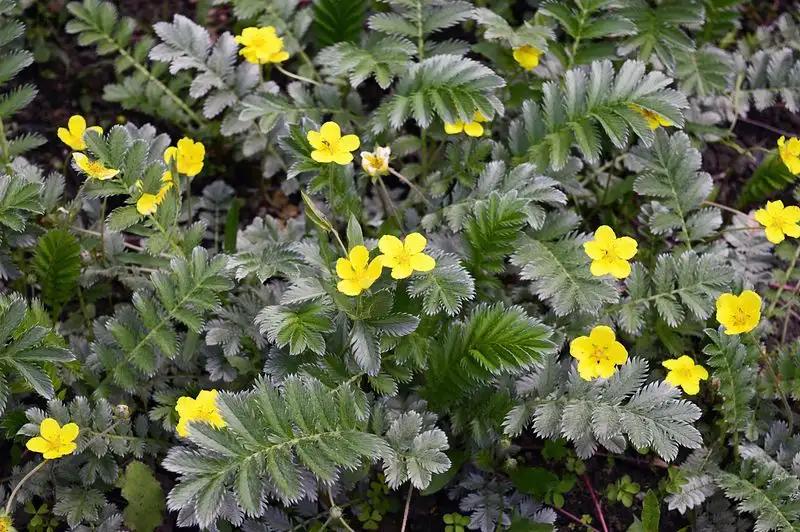
Found in a variety of habitats, Silverweed displays a distinctive weather response. Its leaves curl upwards when dry weather persists, while they lay flat as moisture increases. This adaptability not only ensures its survival but also offers subtle hints about upcoming weather changes. Observing Silverweed can provide early warnings about shifts in weather, making it a helpful addition to any natural setting. Its understated presence belies its role as a natural weather forecaster.
Oxeye Daisy
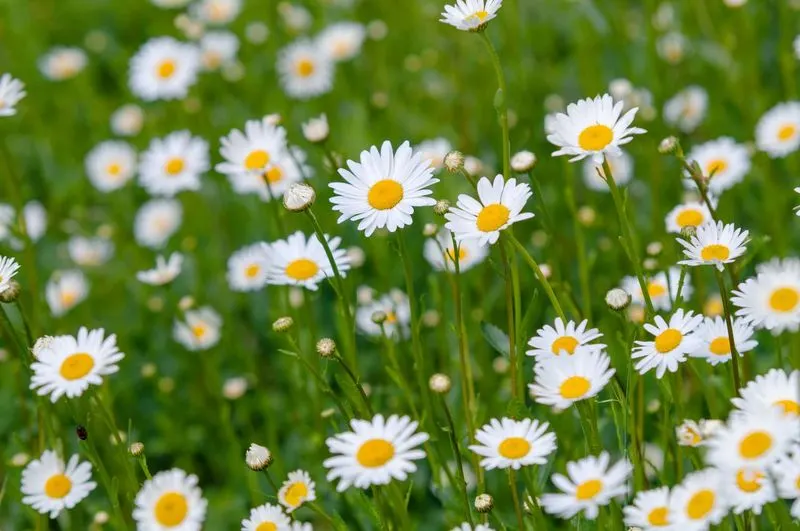
The Oxeye Daisy, with its cheerful demeanor, is a master of atmospheric prediction. Its petals spread out under sunny skies, but as humidity rises, they begin to close. This floral behavior is both a shield against adverse weather and a guide for observers. By simply watching these blooms, one can gain insights into forthcoming weather conditions. The Oxeye Daisy’s predictable responses make it an engaging plant for weather-conscious gardeners.
Clover
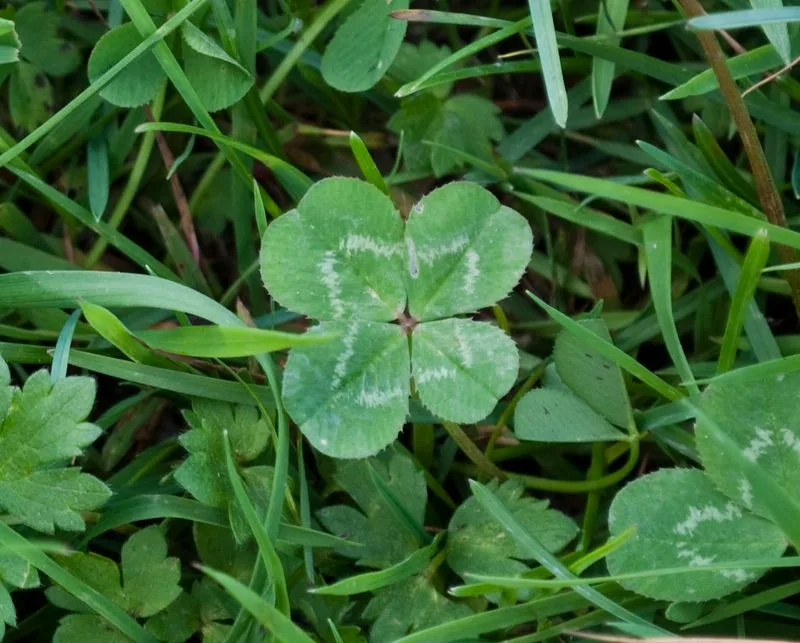
Clover, often associated with luck, carries clues about atmospheric conditions. Its leaves stand tall and firm in sunshine but droop slightly when rainfall is near. This movement is a subtle indication of moisture in the air, signaling changes in weather. Observing Clover’s leaves provides an easy method to gauge the day’s forecast. Known for its ground-covering abilities, Clover serves as a practical and natural weather guide, adding both utility and charm to landscapes.

